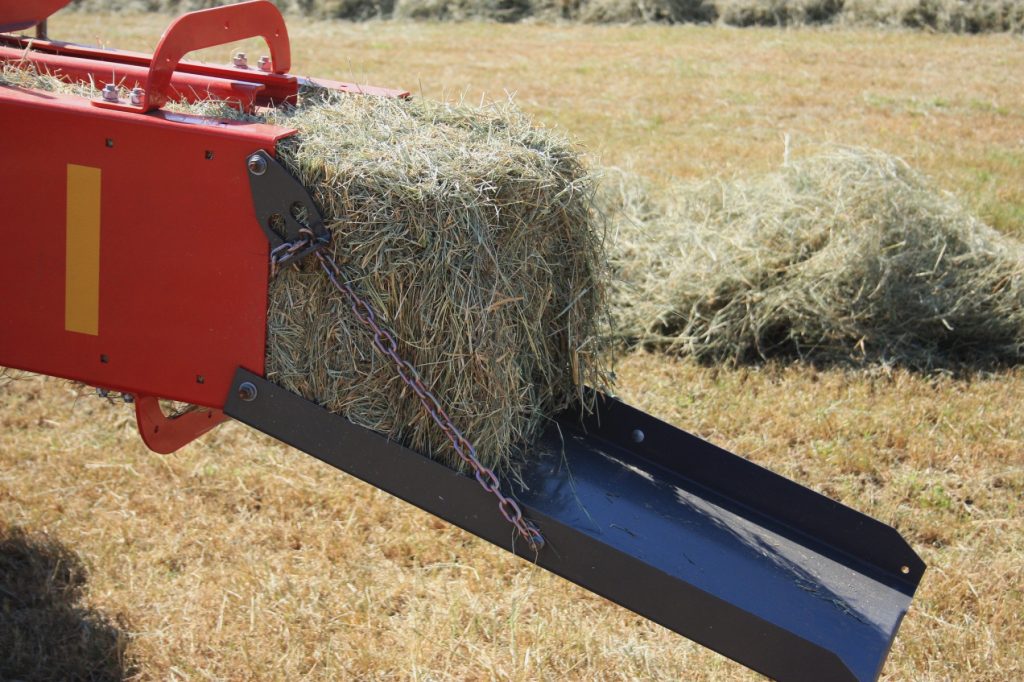
Fertilization significantly impacts your annual yields in hayfields as the previous year’s hay harvest has likely depleted the soil. A 6-ton per acre hay harvest will remove around 300 lbs Nitrogen, 250 lbs Potash, and 80 lbs Phosphate in a season. Fertilization makes up about 40% of most producers’ total hay costs so strategic planning to maximize efficiency is a must. Here are a few tips to consider as you plan for the hay season ahead.
- Wait for the right time. Timing is everything in hay production, and I certainly understand the urge to start each season strong. I want to caution you however, don’t jump the gun on fertilization of bermudagrass hay fields just because we’ve had a few warm days.We almost always seem to have one last freeze here in Northeast Georgia after Easter. If you plant your garden tomatoes too early and they get frost damage, you can head to the local feed store for new plants. It’s much harder to overcome cold damage to an entire field. This waiting time in spring of course does not apply to cool season grass fields. Fescue fields should receive Nitrogen in late February, after harvesting in May, and again in early Fall.
- Soil Test. Strategic fertility management always starts with soil testing and using the recommendations given. Forage is only as productive as its most limiting nutrient and the benefits of fertilization are negated if the most limiting element isn’t brought up to where it should be. The price of a soil test is around $8-$10 at most Extension offices and can save you hundreds of dollars in lost fertility due to over or under applying fertilizers.
- Prioritize Lime. Soil pH is something you really don’t notice unless it gets out of your desired range. A majority of nutrients are only available to plants in neutral pH soil so targeting that first maximizes the effectiveness of your N, P, and K. There’s no bad time of the year to put lime out, so targeting lime applications during “off-seasons” can potentially save money. Just remember it will take at least 6 months to see the full benefits of lime applied.
- Keep Everything in Balance. If you can’t afford to use the full rate of fertilizer recommended in your soil test, don’t succumb to the temptation of putting out only Nitrogen. Phosphorus and Potassium aid forages in root development essential for the long-term persistence of your stand. Instead, apply lower rates of all recommended elements to all acres. Another option is to apply 100% of the recommendation to only part of your acreage and put off fertilizing low-performing fields until next year.
- Split Fertilizer Applications. Dividing applications throughout the growing season can help avoid nutrient losses. Apply Nitrogen after green-up and after each harvest except the last of the year. Bermudagrass loves to take up potassium faster than it actually needs and won’t save any for later. Apply half of your K recommendation at green up and wait to apply the other half in early fall.
- Graze Strategically. Pastures require less inputs because of nutrient recycling performed by grazing animals. The key is to have animals spread manure uniformly around the field. Smaller paddocks with frequent rotation will give the most even distribution of nutrients.
I hear complaints on current input costs often, but a few years of neglect can be devastating to hay fields. Spend money strategically to get your fields the fertility they need. The latest quote I’ve seen for re-sprigging bermudagrass was $350/acre plus the expense of weed control and land preparation. A newly sprigged field would also put you out of production for a minimum of one year. Consider that heavily when doing what you’ve always done without research-based recommendations or cutting corners to save some money.
Reach out to your local UGA Extension Agent if you have questions about soil sampling, fertilization, or other forage management topics.